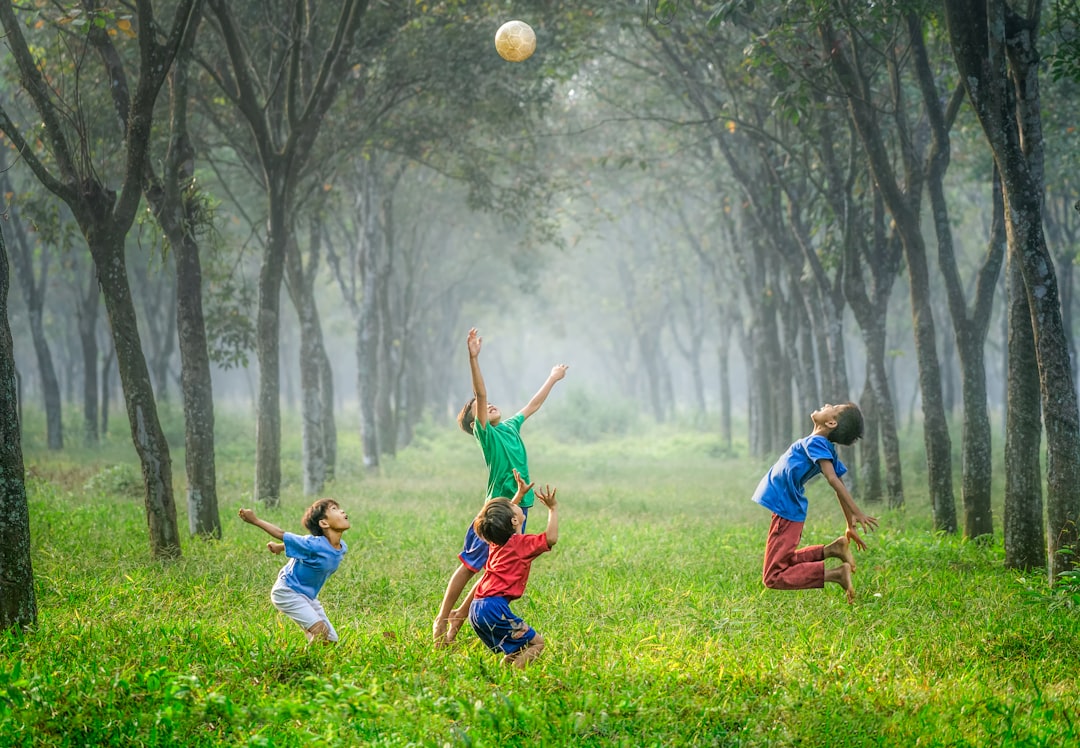 Photo from Unsplash
Photo from Unsplash
Originally Posted On: https://bippermedia.com/sponsored-content/measuring-fun-a-kids-guide-to-length-weight-and-volume/
Measuring Fun: A Kid’s Guide to Length, Weight, and Volume
Measurement is an essential skill that kids use every day, often without even realizing it. Whether they’re building a tower of blocks, baking cookies with a parent, or filling up a water balloon, understanding how to measure length, weight, and volume is both practical and fun. This guide will explore these three basic types of measurement and offer some engaging activities to help kids learn and enjoy the process.
Understanding Length
Length is a measurement of how long something is from one end to the other. It’s a concept kids encounter early on, whether they’re comparing their height to a friend’s or measuring a piece of string for a craft project.
Tools for Measuring Length
Ruler
A ruler is a straight-edged tool marked with units of measurement such as inches or centimeters.
Measuring Tape
This flexible tool is useful for measuring longer or curved surfaces.
Yardstick
A yardstick is similar to a ruler but longer, usually measuring one yard (three feet) in length.
Fun Activities to Learn Length
Measuring Everyday Objects
Give kids a ruler or measuring tape and have them measure various household items, such as a book, a pencil, or a table. Ask them to record their findings and compare lengths.
Height Chart
Create a height chart on a wall or door. Mark each child’s height at regular intervals, such as every six months, and let them see how much they’ve grown.
String Art
Provide different lengths of string and let kids create art by arranging and gluing the strings onto paper. This helps them understand the relationship between different lengths.
Understanding Weight
Weight measures how heavy something is. It’s another important concept that children use frequently, such as when deciding how many toys they can carry or weighing ingredients for a recipe.
Tools for Measuring Weight
Balance Scale
This scale compares the weight of two objects by balancing them on either side of a pivot.
Spring Scale
A spring scale measures weight based on the tension of a spring.
Digital Scale
These scales use electronic sensors to measure weight and display the result digitally.
Fun Activities to Learn Weight
Weighing Objects
Provide a variety of objects and a scale. Let kids predict which items will be heavier or lighter and then weigh them to see if their predictions were correct.
Cooking Together
Involve kids in cooking or baking. Measuring ingredients like flour, sugar, and butter helps them understand weight in a practical and tasty way.
Balance Scale Experiment
Create a simple balance scale using a hanger and two cups. Let kids place objects of different weights in each cup to see which side is heavier.
Understanding Volume
Volume measures the amount of space an object or substance occupies. This is especially relevant when dealing with liquids, but it also applies to solids and gases.
Tools for Measuring Volume
Measuring Cups and Spoons
These are essential tools in the kitchen for measuring liquids and dry ingredients.
Graduated Cylinder
Used in science experiments, it’s marked with units to measure the volume of liquids accurately.
Beaker
Another scientific tool, beakers are often used to mix, measure, and pour liquids.
Fun Activities to Learn Volume
Water Play
Provide measuring cups and containers of different sizes. Let kids pour water from one container to another to see how many cups of water each container holds.
Baking Soda and Vinegar Volcano
This classic experiment not only demonstrates a chemical reaction but also involves measuring the volume of liquids used.
Sand Play
At a sandbox or beach, let kids use different sized cups and molds to see how much sand each holds.
Combining Length, Weight, and Volume
Understanding how length, weight, and volume interact can provide a more comprehensive grasp of measurement. Here are some activities that combine these concepts:
Build a Boat
Challenge kids to build a boat using materials like aluminum foil, straws, and tape. They need to consider length and weight to create a boat that can float and hold a certain volume of cargo (such as pennies or marbles).
DIY Science Experiment
Have kids design an experiment to test how the volume of a container affects its weight when filled with different substances like water, sand, or rice.
Measure and Mix
Provide a recipe that requires precise measurements of length (like cutting dough), weight (weighing ingredients), and volume (measuring liquids). This is a practical way to see how these measurements work together.
Why Measurement Matters
Learning to measure accurately is a critical skill that supports many areas of life and learning. It enhances problem-solving abilities, improves attention to detail, and is foundational for subjects like math and science. Furthermore, engaging in measurement activities can boost children’s confidence and foster a sense of achievement.
Encouraging Measurement Learning
Parents and educators can support children’s understanding of measurement by:
Incorporating Measurement into Daily Life
Point out opportunities to measure in everyday situations, such as cooking, shopping, or DIY projects.
Using Play and Exploration
Encourage children to explore measurement through play. Toys like building blocks, play dough, and sand toys naturally involve concepts of length, weight, and volume.
Providing the Right Tools
Ensure kids have access to rulers, scales, measuring cups, and other tools. Familiarity with these instruments makes measurement more intuitive and less intimidating.
Learn More With Bubbles and Friends!
Measurement is more than just a mathematical skill; it’s a gateway to understanding the world around us. By making measurement fun and engaging, we can help kids develop a strong foundation in this essential skill. Whether they’re measuring the ingredients for their favorite cookies, the length of their toy car track, or the volume of water in their play pool, they’re learning valuable lessons that will serve them throughout their lives. Start measuring fun today by learning with Bubbles and Friends videos!













